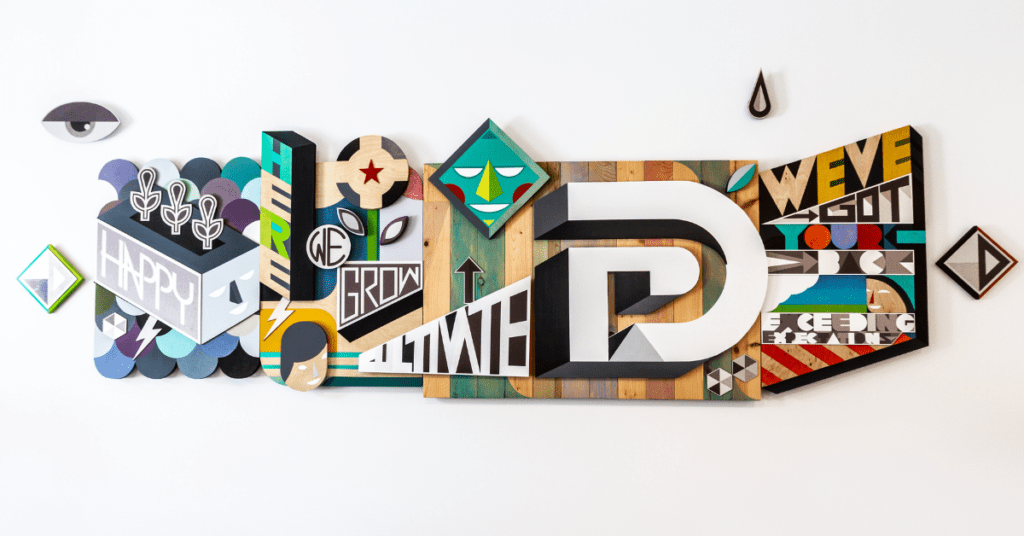While Dittoe PR offers an array of different services for clients, our bread and butter is media relations. We’re constantly working with reporters to secure media opportunities for our clients. Since we believe no two clients are alike, that also means every client interview is as important as the next. Whether it’s a small startup or a Fortune 500 company, we have found that the value of an interview prep sheet can help turn a good interview into a great one.
So, you’re ready to draft an interview prep sheet – now what?
The following items are must-haves when developing a prep sheet:
- Date/time: Arguably the most important thing to include. Place this at the very top of your prep sheet, and possibly two or three more times throughout the prep sheet.
- Address/call info: If the interview is taking place offsite, include the address of the location. Hyperlink the address to Google Maps, that way all the interviewee has to do to is click the link and pull up directions. If the interview is taking place over the phone, include the conference line or direct line information.
- Background/opportunity: Include background information about how this opportunity was secured. Reiterate the name of the outlet, the reporter’s name and what he/she is interested in talking about.
- Interview topics: List out topics the interviewee should be prepared to talk about. This information can be pretty generalized, but it gives your client a better idea on what he or she will be talking about during the interview.
Depending on the type of client and/or interview, you can add additional information to your prep sheet. Say the interview is with the CEO of the company and not your day-to-day contact – the CEO may want or need more information to help prepare for the interview, especially if it’s with a top-tier, national outlet. If you’re going the extra mile, these items are good to include in your prep sheet:
- Type of interview: Is this a phone or in-person interview? A live or taped TV segment? Including this simple information can help your client mentally prepare for the type of interview.
- Length of interview: Including the estimated length of the interview can help the interviewee plan out the rest of his or her day. It can also help interviewees map out what they are going to say and make sure they have enough content to talk about.
- Reporter’s name: It’s good for the interviewee to have some background info on the interviewer. Along with including the reporter’s name, include a link to his or her bio page or Twitter. Take it a step further by including recent stories written by that reporter, too.
- Potential questions/key messages: This section can be extremely beneficial. While reporters rarely share their interview questions, it’s good to include what you think could be potential questions the reporter could ask. Including key messaging can help craft answers for the potential questions, too.
- Media training tips: We typically include this section for clients that may not have extensive media experience. For example, we use district sales managers at retailers across the country for local TV segments. This may be the only time a district sales manager participates in a media interview, so they may need more guidance than our day-to-day contacts. By including this section in a prep sheet, we provide a quick rundown of what to expect during the interview. We provide tips on how to dress, how to get messaging across, and how to be mindful of body language. This helps in-person interviews be more fluid and natural.
- What to bring: This portion is only needed if a client is bringing something to an in-person interview. If it’s a TV segment, it’s important to have visuals for the interview. List out the items that the client needs to bring, or list out suggested options.
Preparing your client with the right tools and information in an interview prep sheet can make a world of difference when it comes to an interview with the media. Think your business could benefit from media relations? Contact us today.







0 Comments